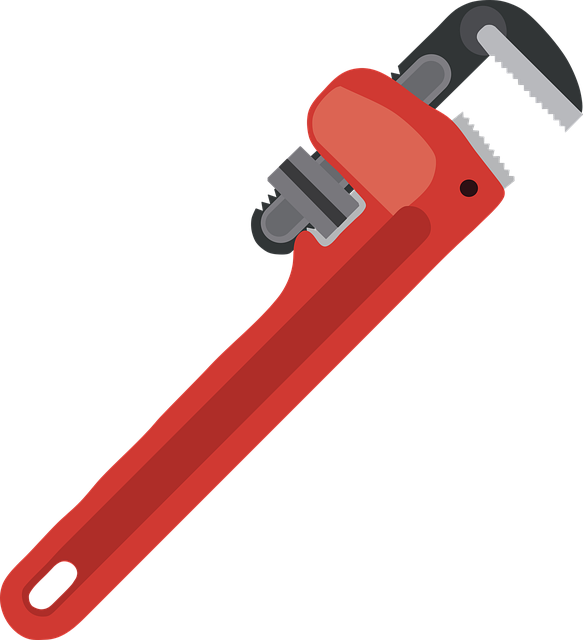Outdoor faucet leaks, caused by worn O-rings or washer mechanisms, lead to water waste and higher bills. Identify leaks through visual inspections and functional checks. Use essential tools like a flashlight, pressure gauge, and pipe compound for effective checking. Repairs are straightforward, involving replacement of leaky washers or O-rings; professional help is needed for complex valve issues. Regular maintenance, including tight connections and prompt part replacements, prevents leaks and prolongs faucet lifespan.
Staying on top of outdoor faucet leaks is essential for preventing water waste and preserving your property. This comprehensive guide delves into the world of outdoor faucet leaks, exploring common causes like worn gaskets, damaged pipes, and improper installations. By understanding these issues, you’ll learn effective visual and functional checks to identify leakage. We equip you with essential tools and provide a step-by-step repair guide, empowering you to tackle leaks promptly. Additionally, discover preventive measures for maintaining your outdoor faucets and avoiding future problems.
- Understanding Outdoor Faucet Leaks: Common Causes and Effects
- Identifying Leakage: Visual and Functional Checks
- Essential Tools for Effective Faucet Leak Detection
- Step-by-Step Guide to Repairing an Outdoor Faucet Leak
- Preventive Measures: Maintaining Outdoor Faucets to Avoid Leaks
Understanding Outdoor Faucet Leaks: Common Causes and Effects

Outdoor faucet leaks are a common issue that many homeowners face, often overlooked yet potentially leading to significant water waste and higher utility bills. Understanding the causes behind these leaks is essential for efficient maintenance and timely repairs. The most prevalent reason for outdoor faucet leaks is worn-out or damaged O-rings or washer mechanisms within the faucet’s internal components. Over time, these parts can become brittle or deform due to freezing temperatures, leading to gaps that allow water to escape. Additionally, outdoor faucets often face more extreme conditions, such as exposure to varying weather patterns and corrosive elements, which accelerate wear and tear, making them more susceptible to leaks compared to their indoor counterparts.
The effects of outdoor faucet leaks are not just limited to financial concerns; they also contribute to environmental problems. Unfixed leaks can result in a constant flow of water, wasting precious resources and potentially causing localized flooding. Moreover, the damage caused by persistent leaks may extend beyond the faucet itself, affecting nearby structures and landscaping due to increased moisture levels. Prompt identification and repair of these leaks are crucial not only for saving money but also for preserving the sustainability of our water resources.
Identifying Leakage: Visual and Functional Checks

To identify leakage in outdoor faucets, start with a thorough visual inspection. Look for any signs of damage or wear on the faucet’s components, such as cracks in the handles, spouts, or pipes. Even small chips or nicks can lead to leaks over time. Pay close attention to seals, gaskets, and O-rings—common leak-prone areas that might require replacement.
Functional checks are equally important. Turn on the faucet fully and observe if water drips from any parts after you turn it off. Check for steady pressure; a sudden drop could indicate a leak. If the water runs continuously or you notice moisture around the base of the outdoor faucet, these are clear signs of leakage that require immediate attention to prevent wastage and potential damage to surrounding areas.
Essential Tools for Effective Faucet Leak Detection

To effectively check outdoor faucets for leaks, several essential tools are indispensable. First and foremost, prepare a flashlight to peer into dark spaces where leaks might hide. A toolkit with basic plumbing supplies—including wrenches, pliers, and screwdrivers—is crucial for tightening connections and replacing worn-out parts. Don’t forget a container of pipe compound or caulk for sealing any detected gaps.
Additionally, a pressure gauge can help you measure water pressure, which may indicate a leak if it fluctuates significantly. Note any unusual sounds coming from the faucet, as hissing or dripping could point to a problem. By arming yourself with these tools, you’ll be well-prepared to identify and address leaks in outdoor faucets promptly, ensuring efficient water usage and avoiding unnecessary wastage.
Step-by-Step Guide to Repairing an Outdoor Faucet Leak

Checking and repairing an outdoor faucet leak is a straightforward process that every homeowner can handle. Start by turning off the water supply to the faucet. This is usually done by closing the valve located under the sink or at the base of the faucet. Next, inspect the faucet for any visible signs of damage or wear, particularly around the handles and spout. If you spot leaks, it could be as simple as replacing the washer or O-ring, which are common sources of outdoor faucet leaks.
To fix, turn off the water supply again, remove the handle and spout, and locate the damaged parts. Washers and O-rings are usually easy to replace; simply unscrew them, install new ones, and reassemble the faucet. If the leak persists, it might indicate a more complex issue with the valve or cartridge. In such cases, consulting a professional plumber is recommended for accurate diagnosis and repair.
Preventive Measures: Maintaining Outdoor Faucets to Avoid Leaks

Regular maintenance is key to preventing leaks in outdoor faucets, ensuring they remain in good working order and extending their lifespan. Start by inspecting the faucet for any signs of damage or wear, especially around the handle, valve seats, and gaskets. Over time, these components can become worn, leading to leaks. Consider using a funnel-shaped container to catch potential drips during inspection, making it easier to identify even the smallest leaks.
Tighten any loose connections and replace worn-out parts as soon as possible. Regularly apply a thin layer of grease or lubricant to moving parts to prevent rust and ensure smooth operation. Additionally, check the water supply lines for any kinks or damage, as these can also contribute to leaks. By implementing these preventive measures, you’ll keep your outdoor faucets in top shape and avoid costly repairs caused by leaks.
